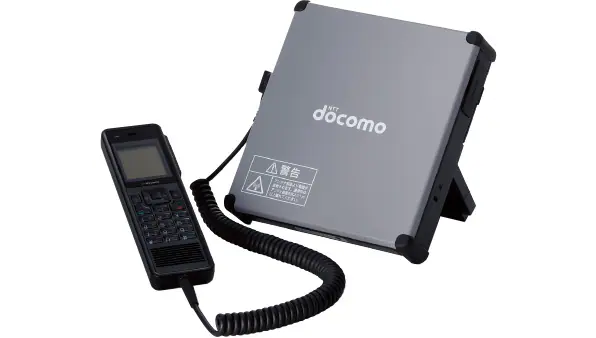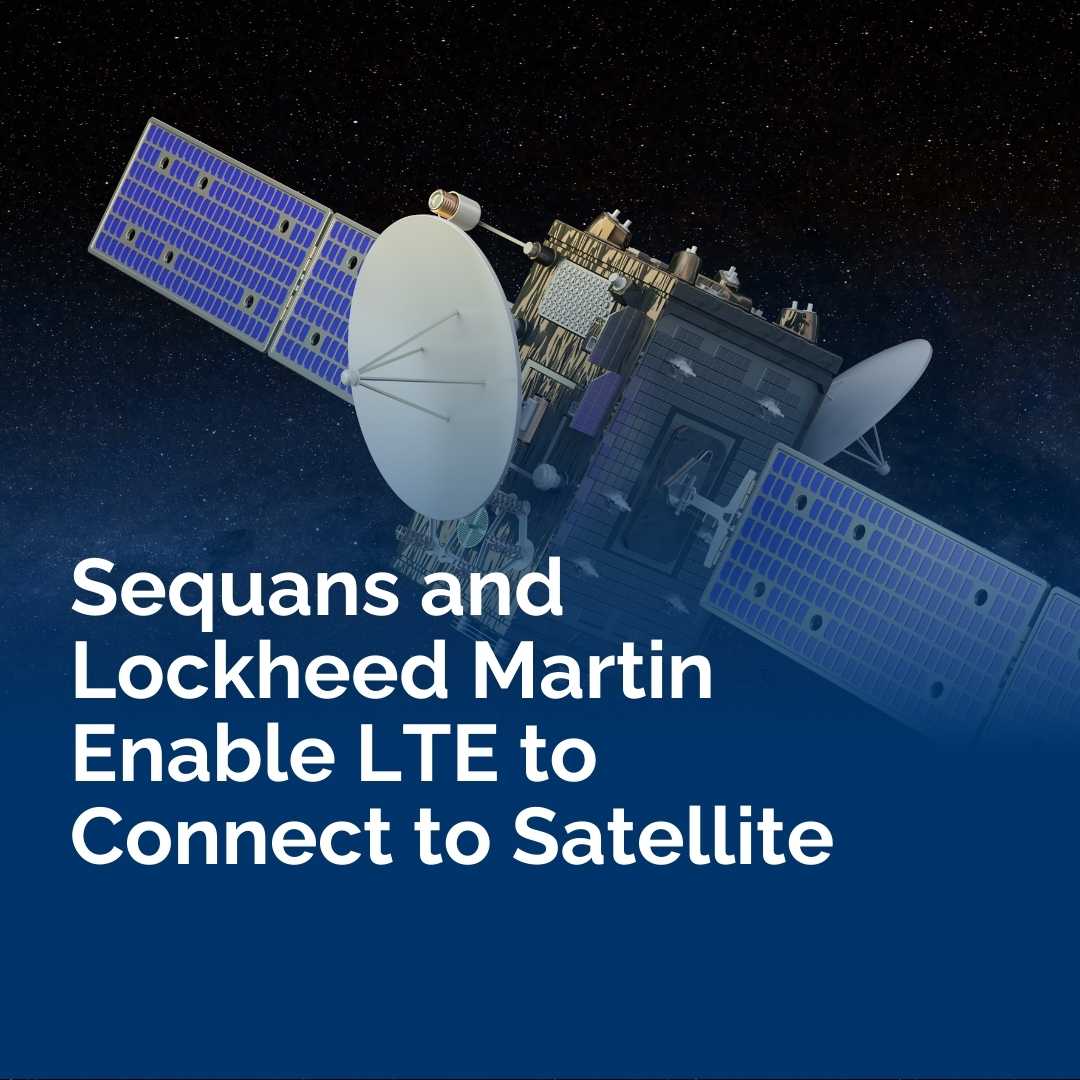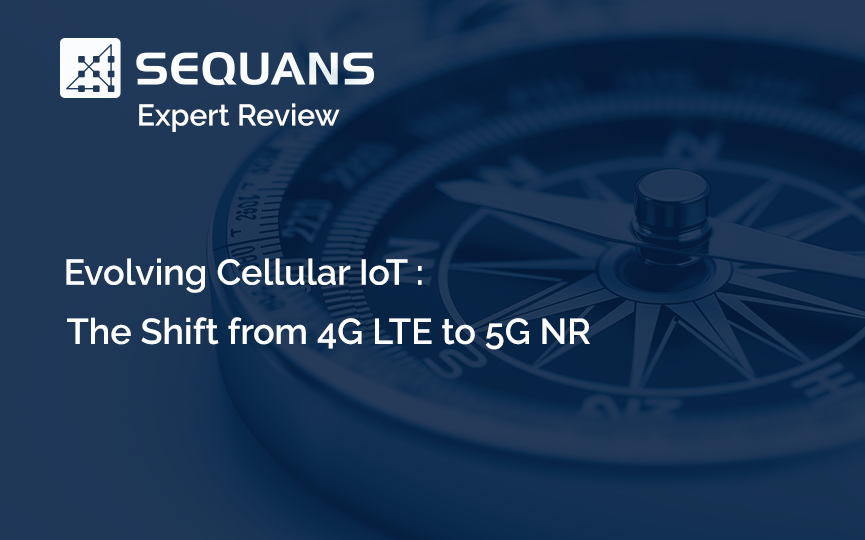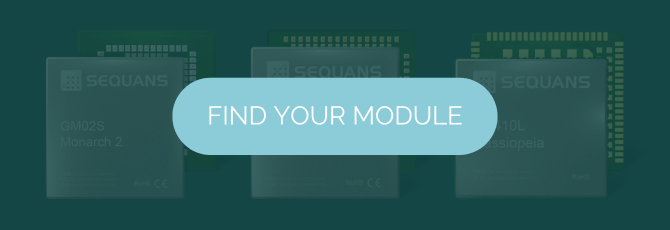When a natural disaster causes cellular terrestrial networks to become compromised or fail, advanced satellite technologies, proprietary and/or compliant with 3GPP standards, such as non-terrestrial network (NTN) technology, are proving to be key in maintaining the communication links needed to coordinate rescue efforts. This was demonstrated recently by NTT Docomo, Japan’s leading mobile operator, during recent earthquakes when Docomo’s WideStar satellite system continued to operate seamlessly after terrestrial networks became damaged. Docomo is a leader in the development of satellite technologies and, in collaboration with Lockheed Martin and Sequans, launched a ground-breaking new satellite system, called WideStar, that covers the entire country of Japan and its surrounding oceans. It became fully operational and commercial in 2023.
WideStar uses Lockheed Martin GEO satellites and Sequans chipsets, which have been customized to enable LTE to satellite communication in the WideStar user terminals. The system uses satellites as relay stations, thereby extending the existing LTE network and connecting it to terrestrial gateways. When the earthquake hit, Docomo provided free WideStar phones to disaster response agencies, and since these phones could connect directly to satellite, bypassing damaged terrestrialnetworks, they provided vital broadband communication links, supporting both voice and data, to first responders, evacuation shelters, and other public safety agencies.

Sequans and Lockheed Martin Collaborate
The LTE over satellite capability of the WideStar user terminals is the result of a partnership between Lockheed Martin and Sequans, leveraging Lockheed Martin’s expertise in satellite technology and Sequans’ expertise in LTE chipsets for devices. The partnership, which began in 2017, has yielded a chipset that has been customized with specific adaptations that enable LTE networks to connect to satellite systems. Over the course of many years of development that included meticulous optimization of the Sequans chipset, the resulting technology delivers satellite connectivity, very wide coverage, high reliability and resiliency, and seamless LTE network interoperability. The WideStar devices were originally designed for the provision of standard data (SMS, fax), and voice services to Japanese consumers. The lifespan of WideStar commercial service is expected to be 15 or more years and it will be adapted to evolutions in technology.

Earthquake Rescue Operations Improved
Docomo’s WideStar system was of indispensable aid during the earthquake aftermath, proving the critically important nature of LTE to satellite technology in maintaining communications during a natural disaster or other public safety threat. By harnessing the strengths of both LTE and satellite, which can cover oceans, mountains, and remote areas where terrestrial networks are damaged or absent, emergency service providers are able to access continuously available and reliable voice and data communication services, enhancing their ability to respond quickly, more effectively manage rescue operations, and save lives.
The WideStar deployment in Japan represents a global trend. According to industry analysts, there is a transformative market shift underway, primarily driven by the integration of terrestrial and non-terrestrial networks. A recent Euroconsult study reported that direct-to-phone satellite services could connect nearly 130 million monthly users by 2032. (The Satellite to Phone Market, Euroconsult, 2024).
Sequans Custom Technology Solutions
The LTE for satellite technology used in the Widestar end user terminals was developed in collaboration with Lockheed Martin by Sequans Custom Technology Solutions division. Driven by customer demand and operator specifications, Sequans developed its technology to support satellite applications by improving the round-trip time (RTT), and making specific adaptations for link budget, power control, wider satellite cell sizes, and specific satellite frequency bands. For more information visit Sequans website: LTE for Satellite.




